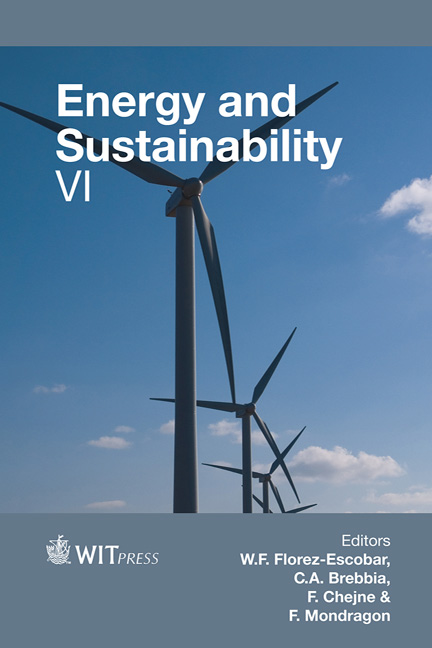Environmental, Social And Structural Aspects Involving The Expansion Of Macro Photovoltaic Energy In Brazil
Price
Free (open access)
Transaction
Volume
195
Pages
12
Page Range
367 - 378
Published
2015
Size
969 kb
Paper DOI
10.2495/ESUS150311
Copyright
WIT Press
Author(s)
C. F. Freire, G. A. Trevisan
Abstract
Reasons such as environmental appeal and work costs made photovoltaic energy attractive to investors in Brazil, a country that has both public and private energy production. In Brazil, the best region in solar radiation is the caatinga biome, which is the least environmentally protected biome in the country. It has a low and poor population with few civil organizations and a precarious infrastructure. Aiming for sustainable development for the area, some issues on conservation and the environmentally fragile status, the great future infrastructure projects, the presence of transmission lines, major urban centers and supply access were investigated. This analysis leads to conclusions in that the implementation of solar farms can be very positive for the development of the area, but fragile points and risks must be considered. The few quantities of protected areas, endemic and endangered species in the region, a vague and ambiguous environmental law framework, delays in the construction of major infrastructure projects and lack of transmission lines in some regions represent risks for a well done and sustainable installation of the solar plans. To maximize the positive mpacts that these farms could bring, it is necessary to create new protected areas and have a well-defined environmental law framework established by the federal government, as well as a previous engagement by the parts involved.
Keywords
photovoltaic energy, Brazilian caatinga, conservation units, sustainable development, environmental licenses





